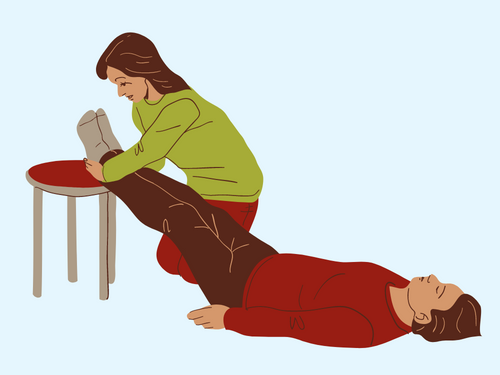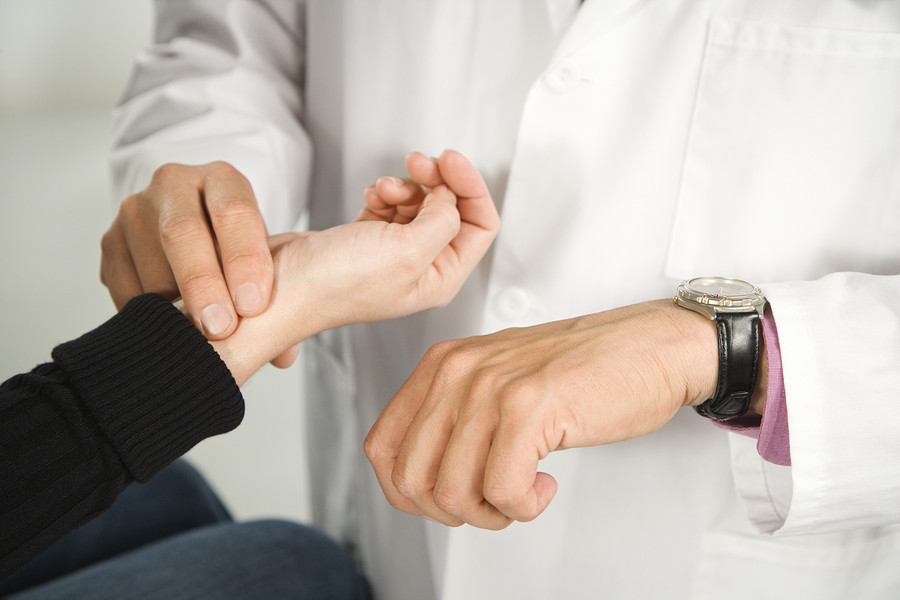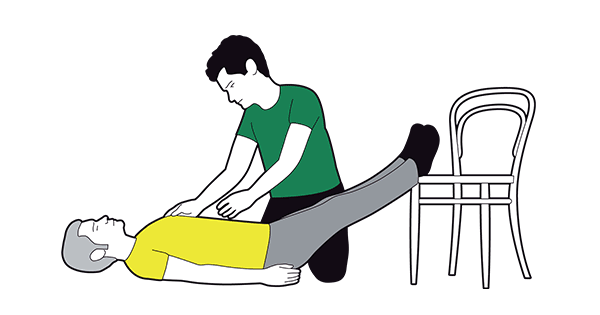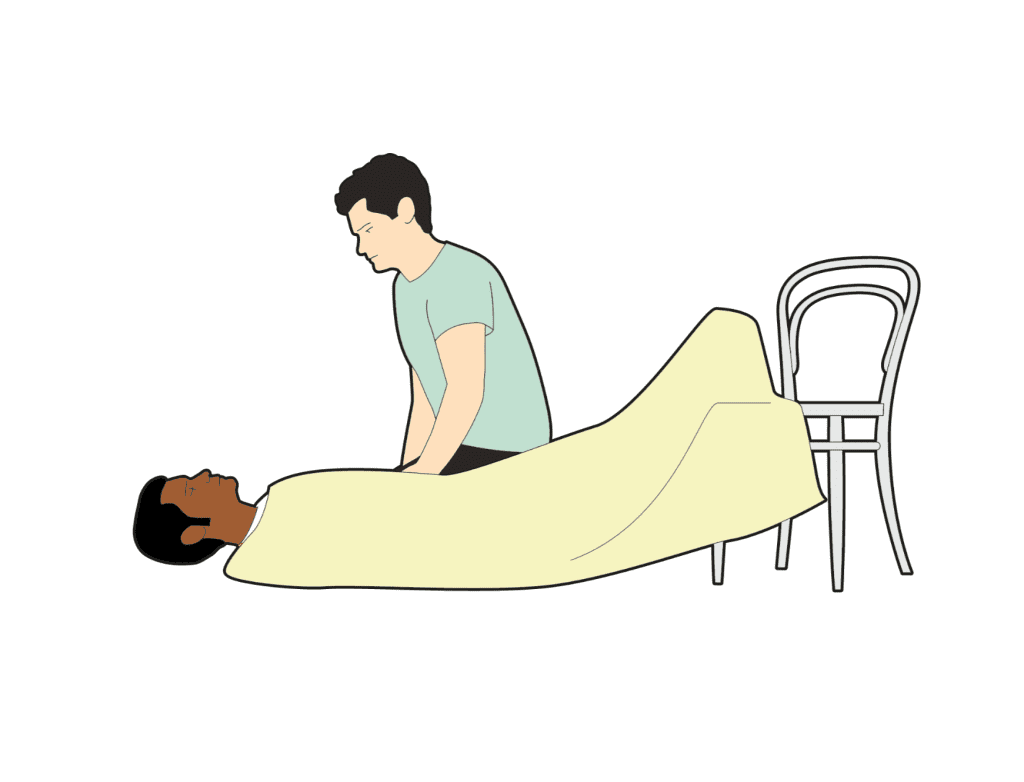Shock is a life-threatening medical condition that occurs when the body fails to get adequate blood flow. This lack of circulation deprives vital organs of oxygen and nutrients, potentially leading to organ failure, cardiac arrest, and even death. While the causes and symptoms of shock vary, prompt first aid can make a significant difference in stabilizing someone until professional help arrives. Here’s everything you need to know about shock and its first aid treatment.
What is Shock and Why is It Dangerous?

Shock is a state where the body’s circulatory system cannot deliver sufficient blood flow to meet the needs of tissues and organs. This deprives them of oxygen, leading to severe complications or even death. Shock can develop rapidly, and early intervention is crucial.
Key effects of shock include:
- Oxygen deprivation in tissues.
- Organ failure.
- Potential cardiac arrest.
More than one million cases of shock are reported annually in U.S. emergency departments, making it a leading cause of death in critically ill or injured individuals.
Types of Shock: Understanding the Causes
Shock isn’t a one-size-fits-all condition; it has different causes and types. Let’s break them down:
1. Hypovolemic Shock
This type occurs when the body loses significant blood or fluid volume, reducing the amount of blood reaching the heart and organs.
Common causes:
- Severe external or internal bleeding (e.g., trauma, ulcers).
- Dehydration from severe vomiting, diarrhea, or burns.
- Untreated diabetes or excessive use of diuretics.
2. Cardiogenic Shock
Cardiogenic shock happens when the heart fails to pump blood efficiently, often due to heart damage.
Common causes:
- Heart attack.
- Heart valve damage or infection.
- Myocarditis (heart muscle infection).
- Arrhythmias (abnormal heart rhythms).
3. Obstructive Shock
This form results from blockages that impair blood flow, either in the heart or major arteries.
Common causes:
- Pulmonary embolism (blood clot in the lungs).
- Cardiac tamponade (fluid buildup around the heart).
- Tension pneumothorax (air trapped in the chest cavity).

4. Distributive Shock
This occurs when blood vessels widen excessively, reducing blood pressure and preventing proper oxygen delivery to organs.
Subtypes include:
- Anaphylactic shock: Triggered by severe allergic reactions.
- Septic shock: Caused by severe bloodstream infections.
- Neurogenic shock: Results from nervous system damage, often due to spinal injuries.
Signs and Symptoms of Shock
Recognizing shock symptoms early can save lives. While symptoms vary depending on the type, common indicators include:
- Extremely low blood pressure.
- Rapid but weak heartbeat.
- Pale, cool, or clammy skin.
- Dizziness, lightheadedness, or fainting.
- Confusion or anxiety.
- Blue or gray lips and fingernails.
- Shallow breathing or rapid breaths.
- Low urine output.
- Excessive sweating.
If these symptoms appear, immediate action is necessary.
First Aid for Shock: A Step-by-Step Guide

Providing first aid for shock can help stabilize the person until medical professionals arrive. Follow these steps:
1. Call Emergency Services
Dial 911 or your local emergency number immediately. Quick professional intervention is essential for survival.
2. Check Breathing and Circulation
- If the person is not breathing, begin rescue breathing and CPR if trained to do so.
- Monitor their breathing every five minutes until help arrives.
3. Position the Person Properly
- If there’s no head, neck, or spinal injury, lay the person on their back and elevate their legs about 12 inches to improve blood flow to vital organs.
- Avoid elevating their head, and keep them flat if raising their legs causes pain.
4. Control Bleeding
- Apply direct pressure to visible wounds using a clean cloth to stop bleeding.
5. Keep Them Warm and Comfortable

- Loosen tight clothing and cover the person with a blanket to maintain body temperature.
6. Turn Their Head if Necessary
- If they’re vomiting, bleeding from the mouth, or drooling, turn their head to the side to prevent choking.
- For suspected spinal injuries, use a “log roll” technique to turn the person without twisting their head, neck, or back.
What Not to Do During Shock First Aid
While administering first aid for shock, avoid these common mistakes:
- Don’t move the person unnecessarily, especially if a spinal injury is suspected.
- Don’t give food or drink, as it can cause choking or interfere with emergency treatments.
- Don’t wait for mild symptoms to worsen before calling for help. Early intervention saves lives.
Long-Term Effects of Shock
Shock can have lingering effects, depending on how quickly treatment begins and the severity of the condition. Delayed treatment may result in:
- Permanent organ damage.
- Reduced functionality of critical systems like the heart or brain.
- Prolonged recovery periods.
Preventing Shock: Key Tips
Preventive measures can reduce the likelihood of shock in certain situations:
- Manage chronic conditions: Treat heart disease, diabetes, and other conditions that increase the risk of shock.
- Stay hydrated: Prevent dehydration by drinking enough fluids, especially during illness or heat exposure.
- Practice safety: Avoid injuries by wearing seat belts, using safety gear, and following workplace safety protocols.
- Monitor infections: Seek early treatment for severe infections to prevent septic shock.
- Avoid allergens: If prone to allergies, carry an epinephrine auto-injector and avoid known triggers.
Conclusion: The Life-Saving Importance of Shock First Aid
Shock is a critical condition requiring immediate attention. Understanding the different types of shock, their symptoms, and how to administer first aid can make all the difference in an emergency. Whether it’s stopping bleeding, ensuring proper positioning, or calling for help, your actions can help stabilize the person and potentially save their life.
Always prioritize getting professional medical care as quickly as possible. By learning these first aid steps and recognizing shock symptoms early, you equip yourself with the tools to make a life-saving difference when it matters most.


